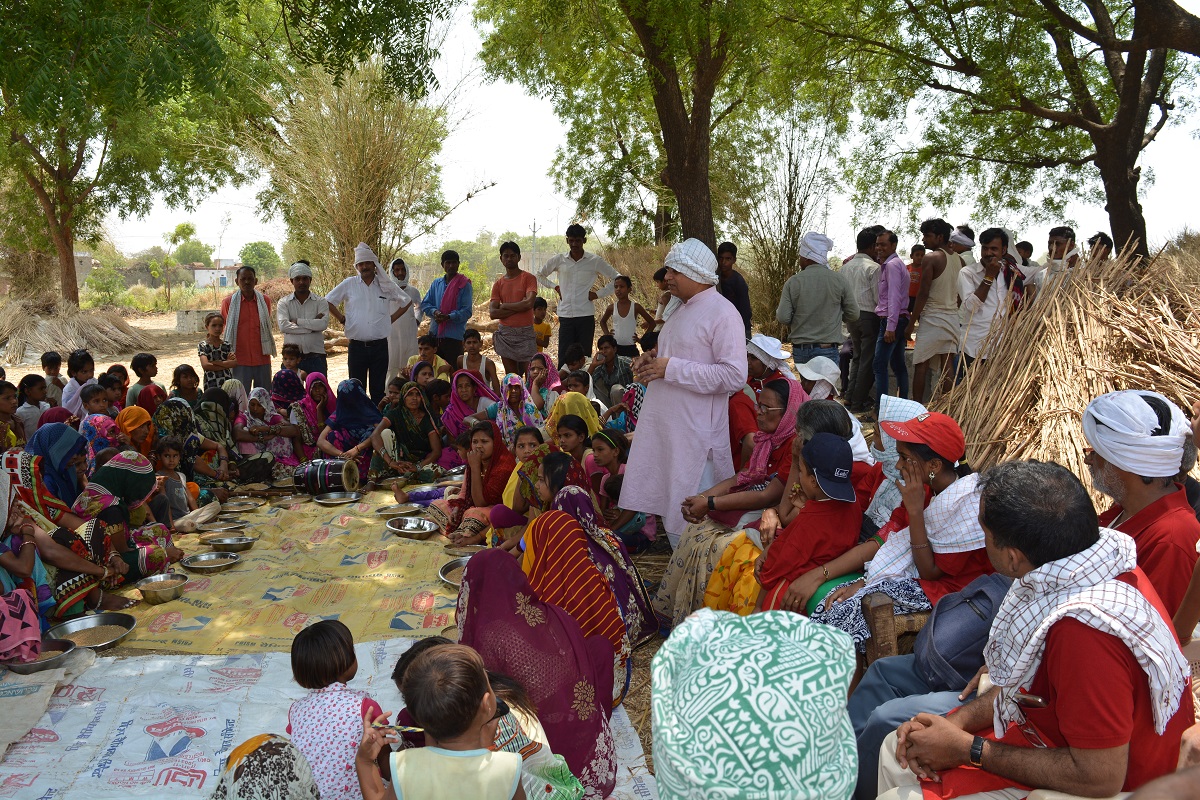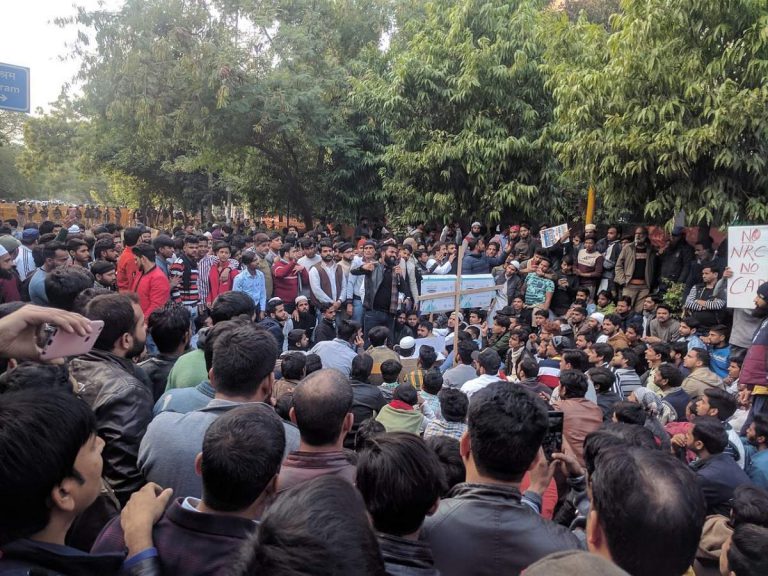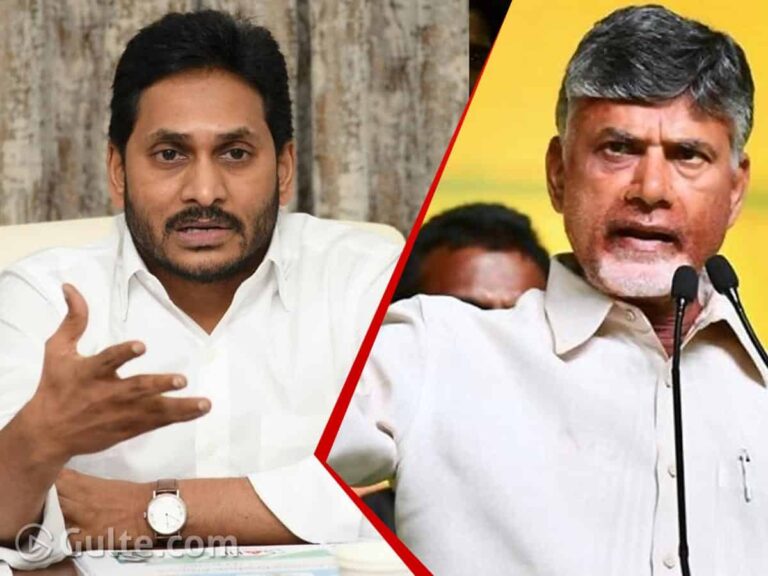District-level planning for Atmanirbhar Bharat

Ankit Raj is the CEO and Founding Partner of Governance Consulting Group (GCG). He has been working since almost a decade in the area of public policy. Before starting his entrepreneurial journey, he was the Chief People Officer (CPO) at India’s foremost policy consulting organisation Swaniti Global. He worked at the grassroots level with tribal groups and rural population as Gandhi Fellow during his engagement with Piramal Foundation. He is passionate about business law, public policy and management theories.
The beauty of democracy is that crisis brings power to the ordinary. The threat to social, physical, and food security of the whole rural population has probably left the government with no other option than to make a move towards decentralizing control. The launch of Atmanirbhar Bharat Abhiyaan is a viable solution, but the replication is extremely tricky because the local governments have not yet developed the capability in themselves to lead development planning.
The states are supposed to empower local bodies with legislative and administrative interventions. But apart from 9 States, namely, Haryana (just in 3 Districts), Karnataka (10 out of 27 districts), Kerala, Madhya Pradesh, Rajasthan, Sikkim, Tamil Nadu, Tripura, and West Bengal, and two Union Territories, namely, Andaman & Nicobar Islands and Daman & Diu have taken action to constitute District Planning Committees (DPCs) to support development planning and revenue generation under the leadership of local bodies. The delimitation has been kept on hold for decades, and the population in one panchayat has reached an unmanageable size of 5000 or more. The capacity building of local bodies in the convergence of efforts and resources during planning is irregular and not up to the required quality. The limited educational qualification of panchayat representatives brings operational challenges to the delivery of quality training.
The prescribed process of development planning
The basic spirit of the 73rd and 74th Constitutional amendment act is to institutionalize the process of development planning in a bottom-to-top manner where Gram Panchayat is to make an integrated plan for all villages in its constituency on the required of the 29 subjects mentioned in the Eleventh Schedule of the constitution. It sends the plan to the Block Panchayat, which is supposed to assimilate the Gram Panchayat Development Plans with the administrative support of the Block Development Office and then send the integrated development plan of the Block to the District Panchayat for consideration.
The urban part of the district is supposed to plan its developmental needs in the ward councils and send the same to the municipal commissioner. As per the Article 243(Z)(D) of the Constitution of India, there has to be a District Planning Committee (DPC) in each district which is supposed to assimilate the developmental plans of the rural and urban areas in its territory and send the assimilated development plan to the state. It consists of the representatives from District Panchayat, Members of Parliament, Members of State Assembly, administrative leadership, and other related bodies.
In India, there is hardly any evidence where we find district development happening in consultation with district development plans. Similarly, block-level development planning is entirely absent. This results in an unplanned allocation of resources, leading to mismanagement of resources and disproportionate return on investment, unresponsive governance, several humanitarian crises, and thus missing the constitutional target of economic development and social justice.
History of development planning in India
Doing away with the constitution of the central planning body by the British government in the 1930s, the independent Indian government constituted the Planning Commission and institutionalised the five-year plan as a major tool to intervene in the economy to foster growth and social justice. This was happening just after the “drain of wealth” from India and the Second World War bringing a chilling effect to the global development initiatives. Yet, the enthusiasm of independence brought some successes to the initial Five Years plans, but the Chinese attack in 1962 followed by the 1965 war with Pakistan derailed the local developmental planning in India to a great extent. The evidence of this change is the significant diversion of funds towards defence in the successive budgets doing away with welfare initiatives, although the industrial aspect of agriculture also got good financial allocation.
In the meantime, the demographic growth, political instability, and concurrent social and economic issues forced the government to transform itself into a fire-fighting agency. The occurrence of the Green Revolution after agricultural stagnation, economic recession, and the drought supported the rhetoric of Poverty Alleviation and helped Indian National Congress to come back to power, although the system remained highly centralised which created enough space for corruption by intermediaries. But Rajiv Gandhi tried to fight corruption by penetrating to panchayat level governance. The Directive Principle of State Policy, which mentions in Article 40 about the organization of self-government as Village Panchayats, got materialized in 1992-93 through the famous 73rd and 74th Constitutional Amendment Act under the leadership of Narsimha Rao and Manmohan Singh. It brought a standard definition of the rural and urban local bodies in the constitution.
The subjects on which the local bodies were expected to propose development plans were defined in Schedule 11 and 12, respectively, of the constitution. But, having all these instruments in place for three decades, the latest Human Development Ranking report says that almost 47% of the Indian population is still experiencing multidimensional poverty. This raises questions over the efficiency of the developmental and welfare initiatives of the state and union government.
The basic philosophy of constituting the Planning Commission was to ensure the installation of heavy industries across the nation to provide jobs to each hand and become the manufacturing hub of the world. But the Planning Commission failed to do so because it had limited support from states who are responsible for the local economic development and social justice as per the state list of the Constitution. States expressed their resentment and flagged political favoritism on the Planning Commission, which culminated into decreased co-operation between states and the center and blocked all possibilities for the districts to take charge of their own development. The government continued to run as per the wish and wisdom of the central or state governments. After 2014, two major shifts took place:
- The replacement of the Planning Commission by NITI Aayog – it brought immense clarity in the operation of cooperative federalism and on the issues around decentralisation of planning and fund allocation, technological advancement, and grassroots data clarity.
- The implementation of the recommendations of the Fourteenth Finance Commission – which ensures the availability of funds and the autonomy of local bodies in choosing sectors for conceptualising developmental schemes.
The current state of Development planning
The current template of the union government for development planning is tilted towards a one-size-fits-all approach. This approach may be an answer to some transformations like digitalisation of the various aspects of economy like banking, e-commerce, education (to some extent), and grievance redressal. But when it comes to generating economic activities and opportunities, the goals of maintaining harmony with regional resourcefulness and traditional skill sets, of promoting occupations designed to cater to local needs and establishing a mechanism to recharge resources, the approach of ‘One size fits all’ by any governing body beyond district level has a legacy of failure and mismanagement.
Copying the successful model of ensuring people’s participation at panchayat level development planning, the Ministry of Rural Development and Ministry of Panchayati Raj conducted Mission Antyodaya Survey in all the 2.6 lakh gram panchayats after launching people’s plan campaign and made available to the public village-level data on almost all aspects of the community. But this huge amount of data is yet to be utilised by the local planning bodies because they are yet to understand their role in the development planning of their territories.
After the injection of the Fourteenth Finance Commission, which makes the Gram Panchayat Development Plan mandatory for disbursement of funds, Gram Panchayats have started picking up schemes as provided by the Central and State governments, but they are just acting as implementation agencies. The absence of integrated plans at block and district level leaves Gram Panchayats in silos. The more surprising fact is that the constitution of DPCs has been recommended by the Government’s own body back in 2005. The demand for district-level plans for boosting up the healthcare response system by the Prime Minister himself can be seen as a loud and clear reinforcement of the same recommendation if we aim to ensure better living conditions for citizens with holistic development.
Can India be “Atmanirbhar” without the development of its districts?
Self-reliance is simply a process that requires the vital role of local bodies, and that entails their engagement from the stage of need-mapping to choosing development schemes and implementing the same. Functioning without its own fund corpus will not let the local governments realize their full potential. The key to the industrialisation of resources and efforts is in strengthening the district regulatory authorities enough so that they may take charge and may be held accountable. The government has to make human development a self-sustaining affair. The local government should be able to utilise geography-specific resources to promote aligned industries, trade scarce essentials, create business opportunities, raise funds, and generate a financial base for themselves.
The bottlenecks
1. Asymmetry in the development unit:
In the current development paradigm, the political representatives who are charged with political reforms targeted towards development are immune to the questions of accountability because the administrative units of development are not in symmetry with the political constituencies. In India, there are 739 districts in July 2020, which will be represented by 543 parliamentarians till 2026, which is technically based on the population of India in 1971, which was 55 crore. The districts are not the parliamentary constituency, and blocks are not the legislative constituencies, but the allocation of resources happens exclusively, keeping blocks and districts as units of development. This leaves the electors in a mess when it comes to ensuring the accountability of elected representatives.
2. Unavailability of district-level data of various indicators of human development
With the Mission Antyodaya Survey, the government has achieved tremendous depth in the data available in about the 2.5 lakh Gram Panchayats. But the same exercise has to be done in the urban bodies, block panchayats, and district level panchayats.
The way forward
1. Activate the District Planning Committee across the nation
The bureaucracy has to be proactive in visualizing the comprehensive and micro-planning of the development of villages, towns, and cities. It must activate the DPCs and ensure that all lower bodies get into the habit of incorporating their developmental plans, especially on healthcare, education, housing, agriculture, energy, and livelihoods. They must cater to the need of the district both from a micro and macro perspective.
2. Making the political debate outcome-based
The political debate requires focus on the success of the local representative in promoting the human development indicators at first. In a democratic system, the development of public living has to be ensured irrespective of party-line and ideological affiliation. The role of youth has to be that of a watchdog and an innovator. There needs to be a mechanism where institutions of public service delivery may be rated publicly, and the assessment may be done by the users instead of the administrators.
3. Making local bodies business-friendly for entrepreneurs
The local bodies must be motivated, facilitated, and supported to establish partnerships with business institutions and invite entrepreneurs to operationalize solutions as required. This will help the local bodies to generate avenues for economic activities and thus generate revenue for themselves and decrease their dependence on the state and central government for funds.
Let’s not miss this opportunity
The collapse of the economic system breaks all sections of the society apart, and humans become self-destructive. India’s development is on the crossroad from where it may start its journey either towards unimaginable prosperity or towards severe poverty by turning its human resource either into human capital or liability. The transformation of human resources into human capital requires opportunity and support to realize the full potential. For an Atmanirbhar Bharat, we need Atmanirbhar Districts, and let’s not miss this opportunity, which we missed after independence.
Featured Image Credits: Wikimedia
References:
- https://niti.gov.in/planningcommission.gov.in/docs/plans/mta/mta-9702/mta-ch10.pdf
- https://timesofindia.indiatimes.com/india/Freeze-on-LS-seats-till-2026/articleshow/1712525869.cms
- https://www.indiabudget.gov.in/budget_archive/es1963-64/PART_I.pdf
- https://www.indiabudget.gov.in/budget_archive/es1962-63/2%20The%20First%20Half%20of%201962-63.pdf
- http://hdr.undp.org/sites/all/themes/hdr_theme/country-notes/IND.pdf
- https://www.ndtv.com/cheat-sheet/niti-aayog-replaces-planning-commission-10-points-on-what-you-need-to-know-721421
- https://niti.gov.in/planningcommission.gov.in/docs/plans/mta/mta-9702/mta-ch10.pdf
- https://www.indiabudget.gov.in/budget2015-2016/es2014-15/echapvol1-10.pdf
- https://www.financialexpress.com/archive/task-force-calls-for-district-level-planning/157434/
- https://www.thehindu.com/news/national/coronavirus-health-ministry-asks-states-for-district-level-plans/article31780053.ece
- https://www.thehindu.com/news/national/increase-lok-sabha-seats-to-1000-says-pranab-mukherjee/article30323446.ece
- https://www.theweek.in/columns/Sanjaya-Baru/2020/05/28/self-reliance-third-edition.html







